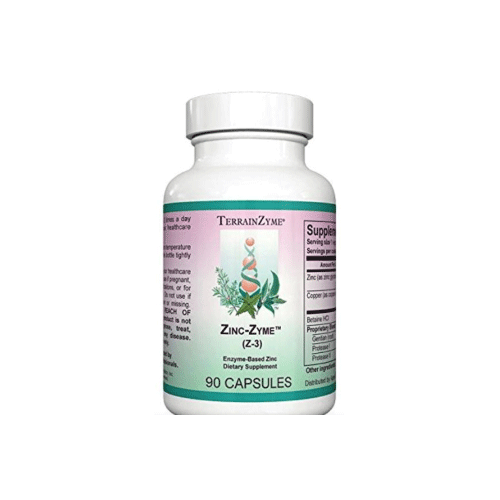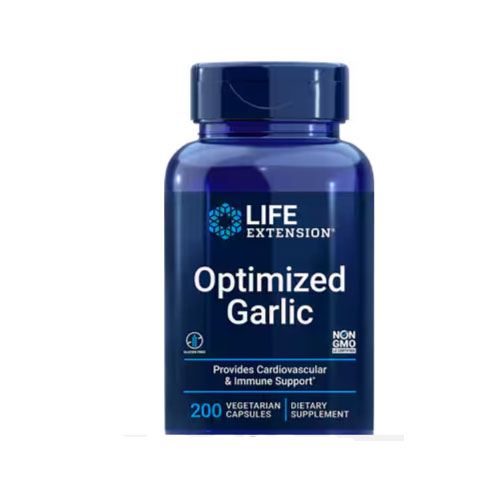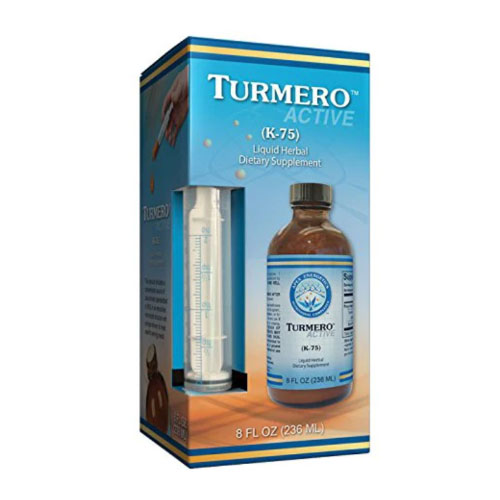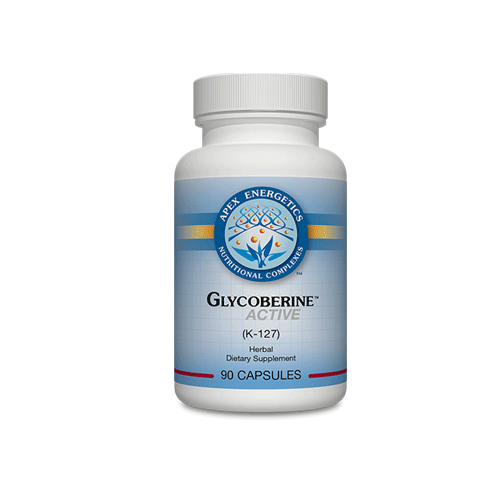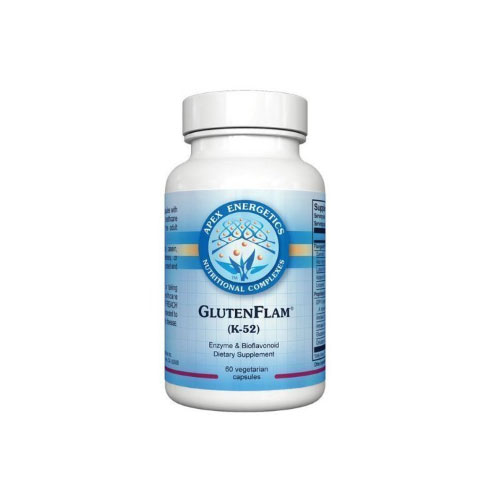Oxytocin is a fascinating hormone produced deep in the brain, released during labor and breast feeding, and is associated with sexual activity and arousal, bonding, communication, and an overall sense of well-being.
Oxytocin increases pleasure, attachment, love, orgasms and longevity. Individuals with high oxytocin levels are calm, affable increased and enjoy high levels of trust.(1)
Oxytocin increases with food intake, soft touch, massage, reading, viewing pictures of loved ones, music, singing, physical exercise, positive environments, positive social contacts, living with others, partner support, mother’s love, romantic love, and orgasm.
Dr. Paul Zak, the so called “Love Doctor,” recommends, to increase oxytocin, 8 hugs per day.(2)
Administered intranasally, oxytocin reduces social anxiety improves sexual function, libido, erection, and orgasm.
Oxytocin deficiency is present in postmenopausal women with estrogen deficiencies, hypothyroidism, especially low T3, depression, AIDS, CMV infections, Multiple Sclerosis, fibromyalgia, chronic stress situations, chronic opioid use, Parkinson’s Disease, loneliness, anxiety, fear, and certain types of schizophrenia.(3 )
Autistic children present with lower blood levels of oxytocin than their peers. Autistic individuals exhibit 3 core deficits, social communication, repetitive behavior, and restricted interest. Intranasal administration of oxytocin can normalize core deficits in some ASD individuals.(4)
High testosterone in relationship to low oxytocin, results in autistic tendencies. Low testosterone relative to oxytocin trends toward schizophrenia, bipolar disease, and chronic depression.(5)
Migraine sufferers with nausea and sensitivity to light and sound appear to respond to a single dose of intranasal oxytocin.(6)
Side effects of oxytocin administration include increased water weight, a drop in cortisol, the stress hormone, a persistent headache (rarely), and, if one is on nitrates for angina, a drop in blood pressure.(7)
A review of 38 randomized controlled trials conducted between 1990 and 2010 investigated central and adverse effects associated with intranasal oxytocin given in single doses. Side effects due to oxytocin were no different than a placebo.(8)
Side effect remedies include a mild diuretic for water retention, adrenal function assessment, (see April, 2015 Healthy Beginnings Magazine, page 20), neurological evaluation as prolonged headaches after oxytocin administration may indicate brain stem obstruction, and decreased or discontinuing oxytocin in the case of vasodilators. Oxytocin produces nitric oxide, a blood vessel dilator that with action similar to Viagra.
In determining oxytocin status, we ask individuals to rate themselves on happiness, feelings for others, social interactions, love, touch, and fifteen other items.
A physical assessment for oxytocin sufficiency includes observing muscle and skin tone, skin color, body posture and seven other parameters.
If the history and physical are positive for oxytocin deficiency, a laboratory and challenge tests confirms or refutes our suspicions.
Supplementing with inositol and choline daily enhances efficacy providing “insurance” that the oxytocin response will always be present.
Boosting oxytocin naturally is as easy opening the refrigerator. Apples, ginger, plums, chick peas, garlic, oregano, tomatoes and chocolate all enhance oxytocin.
Perhaps best of all, petting the dog, shaking hands, taking a warm bath or saying “I love you” boosts oxytocin as well.
Dr. Bill Clearfield is a Family Physician and Board Certified by the American Academy of Anti Aging and Reproductive Medicine and the American Board of Medical Acupuncture.
If you recognize yourself or a loved one in regards to oxytocin deficiency, or have any questions concerning hormones or safe hormone replacement, please contact him at 775-359-1222 or online at https://drclearfield.net/.
References
- Hertoghe, T. Passion, Sex, and Long Life – the Incredible Oxytocin Adventure. ISBN 978-2-9599713-4-1, January 2010, Luxemburg, by International Medical Books/Archimedial, 4B Route d’Arlon, L-8399, Windhof, Luxembourg.
- Zak, Paul, Trust, Morality and Oxytocin, TED Talks, https://www.youtube.com/watch?v=rFA dlU2ETjU, November 1, 2011, Accessed March 25, 2015.
- Flechas, Jorge, and Hertoghe, T., Assessing Oxytocin Deficiency in Your Patients,http://cabecahealth.com/articles/assessing_oxytocin_sufficiency.pdf, Accessed March 29, 2015
- Guastella AJ, Einfeld SL, Gray KM et al. Intranasal oxytocin improves emotion recognition for youth with autism spectrum disorders. Biol Psychiatry 2010;67(7):692-694.
- Weisman, O., Zagoory-Sharon, O., Feldman, R, Oxytocin administration, Salivary Testosterone, and Father–Infant Social Behavior. Progress in Neuro-Psychopharmacology and Biological Psychiatry, Volume 49, 3 March 2014, Pages 47–52
- Yeomans, D., In the Pipeline: Nasal Oxytocin Explored for Migraines, Practical Neurology, May/June 2013http://Practical Neurology.com/2013/06/in-the-pipeline-nasal-oxytocin-explored-for-migraines.
- Flechas, Jorge, and Hertoghe, T., Assessing Oxytocin Deficiency in Your Patients, http://cabecahealth.com/articles/assessing_oxytocin_sufficiency.pdf, Accessed March 29, 2015
- Lee,Diana, Intranasal Oxytocin Effective as Migraine Treatment, Migraine News, http://migraine.com/news/intranasal-oxytocin-effective-migraine-treatment/September 4, 2013
- Flechas, Jorge, and Hertoghe, T., Assessing Oxytocin Deficiency in Your Patients, http://cabecahealth.com/articles/assessing_oxytocin_sufficiency.pdf, Accessed March 29, 2015

